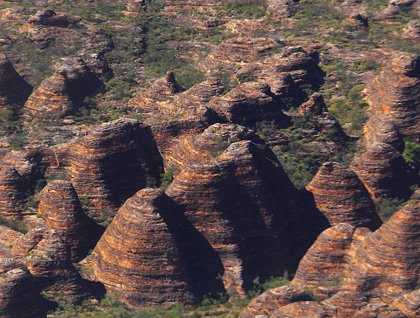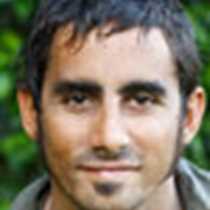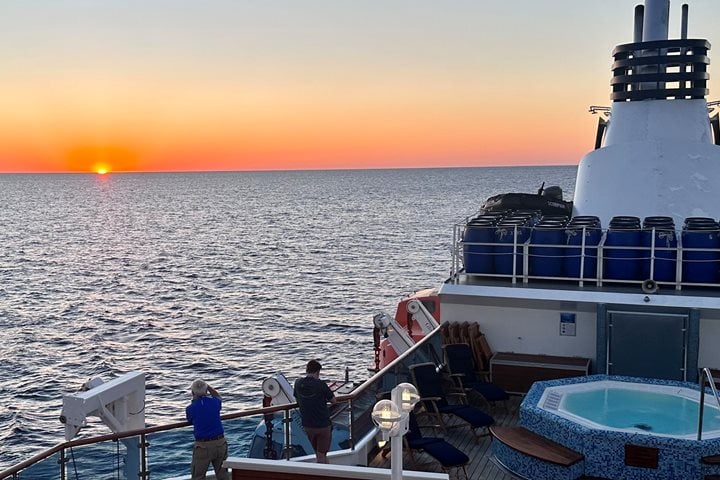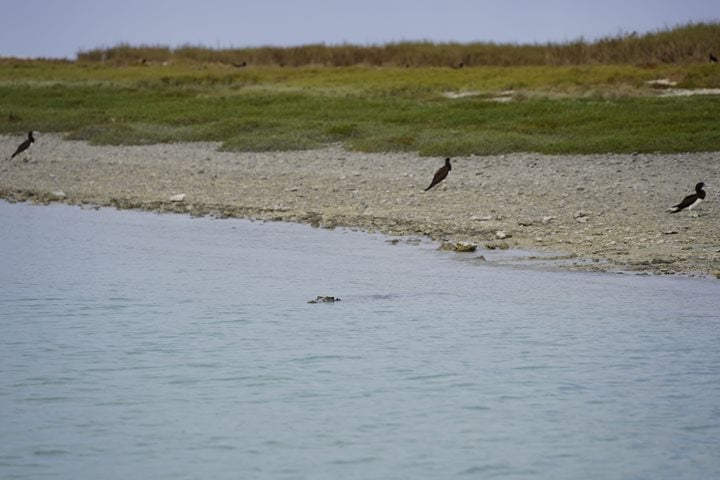After two relaxing days at sea, a dramatic change in scenery was to be realized as we tied up alongside the lonely dock in Wyndham. Our welcoming committee consisted of a single (but sizeable 4 metre) Saltwater Crocodile, who seemed curious of our presence and ventured quite close to the ship. Circling overhead were numerous birds of prey, such as Black and also Whistling Kites, who would shriek as they rode visible thermals and updrafts of reddened wind.
After these wild encounters and a hearty breakfast, the first group set off for a jaunt along a 55km stretch of the Ord River system. This body of water is a lower reach of the largest man-made lake in Australia, Lake Argyle, and has become a veritable oasis in this seasonally dry, brown land. It attracts year-round over 300 various bird species, as well as mammals such as the Short Eared Rock Wallaby, Wallaroo, reptiles including water monitors and Freshwater Crocodiles, while various turtles, frogs and fish also abound. Mixed in with the breathtaking scenery of lush vegetation against the red sandstone cliffs, it provided a vibrant image to be retold back on board.
The second group opted for a scenic flight over the ancient and revered Purnululu National Park, home to the famous geological formations known as the Bungle Bungles. These remarkable shapes were eroded out of Devonian-age quartz sandstone over 320 million years ago, and it’s one of the most striking and vast examples of cone-karst geology in the world.
Although Aboriginal people had been widely utilising this land during the wet seasons, the Bungle Bungles were not very well known at all to the rest of the world until a documentary crew filmed the region in the 1980’s. The Footage sparked a public interest and resulted in the Purnululu National Park forming in 1987 and later in 2003, it became world heritage listed.







